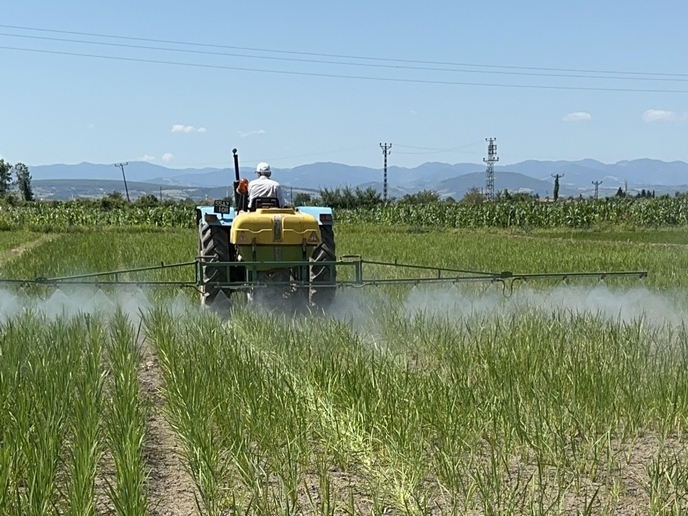Herbicide-resistant rice: a new era in European agriculture
Rice is a vital crop, nourishing populations across the globe and supporting livelihoods in over 120 countries, predominantly in Asia and Africa. Weedy rice, also known as red rice, is a problematic weed species closely related to cultivated rice Oryza sativa L.. It shares many morphological and genetic similarities with cultivated rice, making it particularly challenging to control. Weedy rice can infest rice fields and compete with cultivated rice for resources such as water, nutrients and sunlight, leading to reduced yields and economic losses for farmers. The surge in global rice demand has intensified the need for innovative solutions to combat weedy rice, which poses a significant hurdle to sustainable agricultural practices. Conventional herbicides are increasingly rendered ineffective as weeds evolve resistance, necessitating the exploration of new avenues for weed management.
Exploiting herbicide resistance
Undertaken with the support of the Marie Skłodowska-Curie Actions(opens in new window) (MSCA) programme, the HerbaRice(opens in new window) project focused on herbicide resistance as a means to tackle the persistent threat of weedy rice in European rice fields. “The development and release of new herbicides to the market is a time-consuming and costly process, making herbicide-tolerant rice a more reasonable approach,” explains MSCA research fellow Rasim Unan. The idea was to generate non-genetically modified, herbicide-resistant rice tailored for European cultivation. Clethodim was the herbicide of choice as it is commonly used to control grassy weeds in various crops – including rice – by interfering with plant lipid synthesis.
Research highlights
The team employed the chemical mutagen ethyl methanesulfonate(opens in new window) (EMS) to induce mutations in the DNA of rice. This mutagenesis approach is broadly used to introduce genetic variation in plant breeding and for genetic research purposes. The mutant rice varieties demonstrated promising results, with low-dose Clethodim resistance. Furthermore, the project provided an important insight into the genetic mechanisms underlying herbicide resistance, pinpointing mutations and conducting targeted gene sequencing. The investigation of gene flow dynamics suggested a substantial level of gene flow from herbicide-resistant rice varieties to weed populations. This raises concerns about the transfer of herbicide resistance traits to weedy rice, threatening to nullify the impact of the Clethodim herbicide. Despite these challenges ongoing efforts underscore the project's commitment to refining resistance traits for practical field applications.
Implications for European agriculture
The implications of HerbaRice extend beyond scientific discovery, addressing critical concerns on weed management faced by European rice producers. Europe's distinct cropping system, coupled with stringent regulations and limited market incentives for new herbicide development, necessitates innovative approaches to weed management. By developing non-genetically modified herbicide-resistant rice, the project offers a sustainable alternative to combat weed proliferation while minimising environmental impacts. Additionally, the identification of spontaneous mutations in herbicide resistance underscores the dynamic nature of weed control strategies, emphasising the importance of ongoing research and adaptation. Looking ahead, Unan hopes that: “The HerbaRice approach will bridge the gap between scientific innovation and agricultural practices, ensuring the resilience and sustainability of European rice production.”







